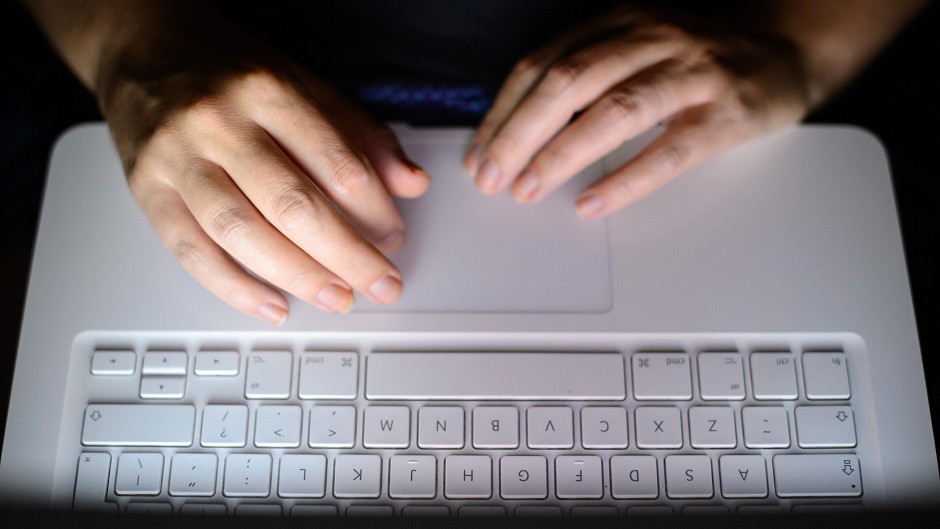Teachers across the north east are being subjected to unprecedented levels of online abuse from pupils and parents, it has emerged.
Photographing and filming of teachers while in the classroom have become a particular problem, with images then manipulated and spread on social media sites.
Meanwhile, parents are increasingly turning to the internet to criticise teachers, who have been warned by professional leaders to keep their online profiles to an absolute minimum.
The worrying trend has been highlighted by teaching union NASUWT at its annual conference this week.
In research, it found that 68% of teachers in Scotland had been abused online by parents or pupils, higher than the UK average of 60%.
Meanwhile, 44% of teachers felt that parents were responsible for the comments.
The union said that teachers were being attacked for their appearance, sexuality and their performance.
Seamus Searson, general secretary of the Scottish Secondary Teachers Association (SSTA) said it was now a “fairly regular” occurrence that members were reporting concerns to their headteachers and local authority.
He said: “The figures don’t come as a surprise to me. Communicating online has become the norm.
“Parents can get frustrated if their child isn’t doing well and turn to social media to blame the teacher. THese things can very quickly escalate and can be very damaging.
Mr Searson said the online abuse was a form of bullying and added that local authorities – who employ teachers – must act to protect their staff.
“We have seen pupils take photos of teachers in classrooms and it is quite easy for a photo to be manipulated now
“We know they have also been videod, with the footage circulated online. IT is very easy for this to be used out of context. Teachers may be filmed trying to prove a point or dealing with a difficult situation.
“People may interpret it as something completely outrageous and then parents report it to the GTC, which has a duty to investigate referrals from parents.”
Ken Cunningham, general leader of School Leaders Scotland, said dealing with the issue was “complicated” to deal with given patchy reporting by victims and difficulties in proving who the perpetrators of online bullying are.
Around 70% of teachers said it did not report online abuse because they did not feel any action would be taken, the research found.
Mr Cunningham said: “It is not a new phenomenon but the phenomenon is growing. It is now a big issue and it is getting bigger. In fairness, by and large the authorities do what they can to address it but I do believe better legislation surrounding the use of social media could be required.”
Mr Cunningham recalled an incident when a Facebook page was set up in the name of a headteacher, who was then suspended by a local authority given the nature of its content. He was then reinstated after it became clear someone else had set up the social media page.
